Commercial [Use of] Drone Swarms

12 Sep 2024
7 min read
Commercial [Use of] Drone Swarms

12 Jun 2024
7 min read
Drones in Construction: a Market Analysis

16 May 2024
5 min read
Commercial Drone Use in 2024: Leading Industries and Methods
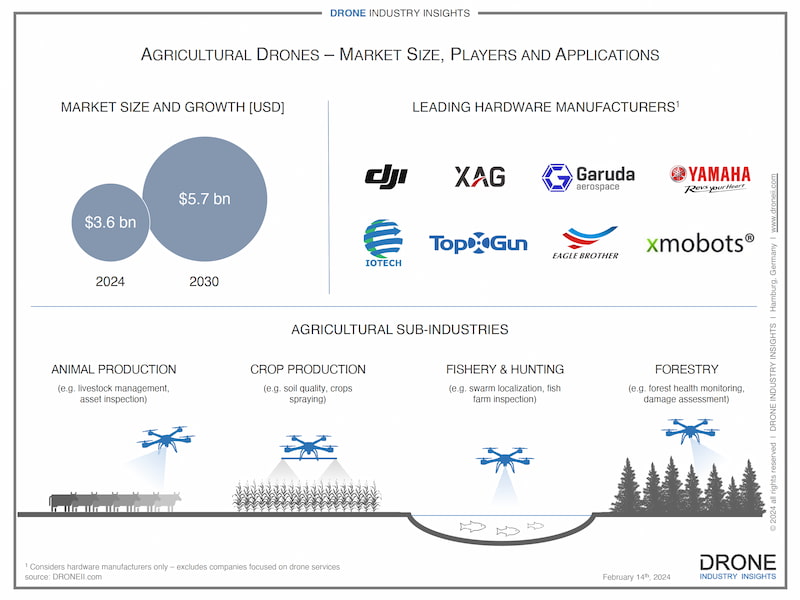
21 Feb 2024
8 min read
The Market for Agricultural Drones
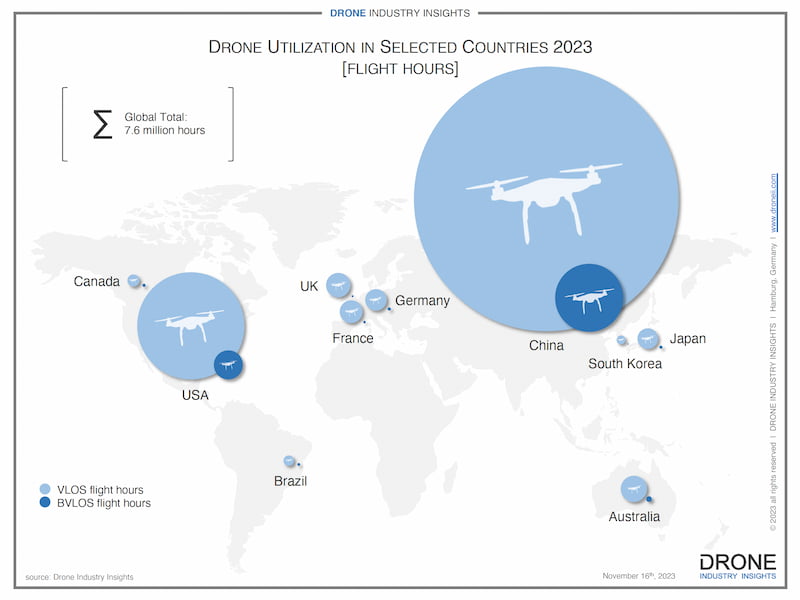
20 Nov 2023
6 min read
The Use of Drones Around the World: New Report on Drone Utilization

22 May 2023
6 min read
How Drone Use Optimizes Industries
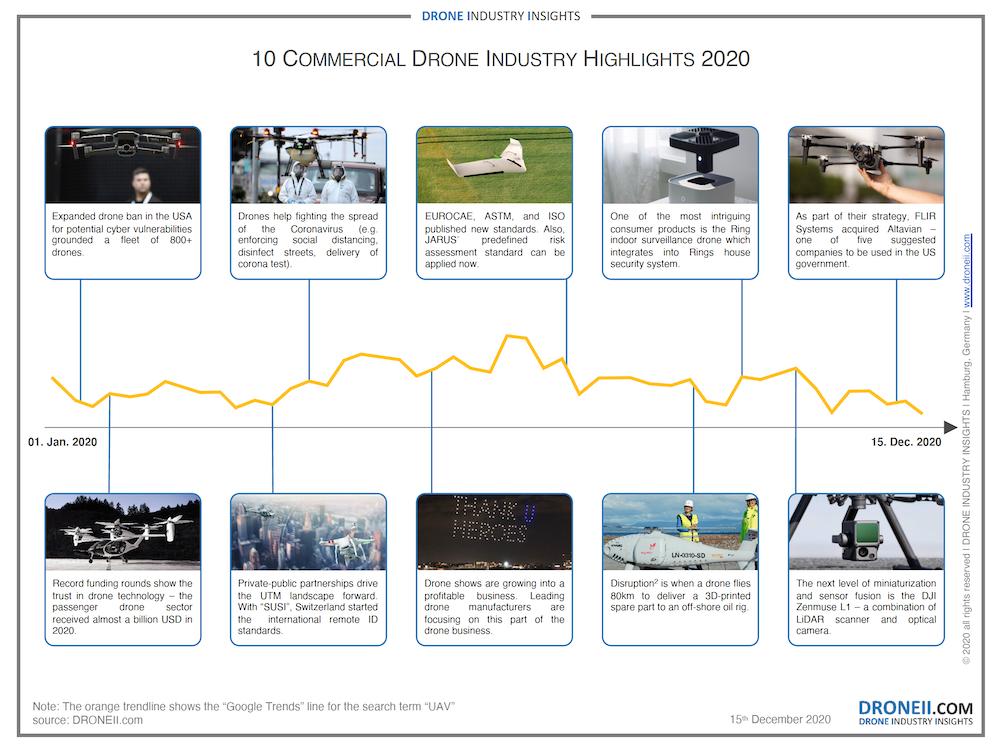
14 Dec 2020
8 min read
10 Highlights from the Commercial Drone Industry 2020
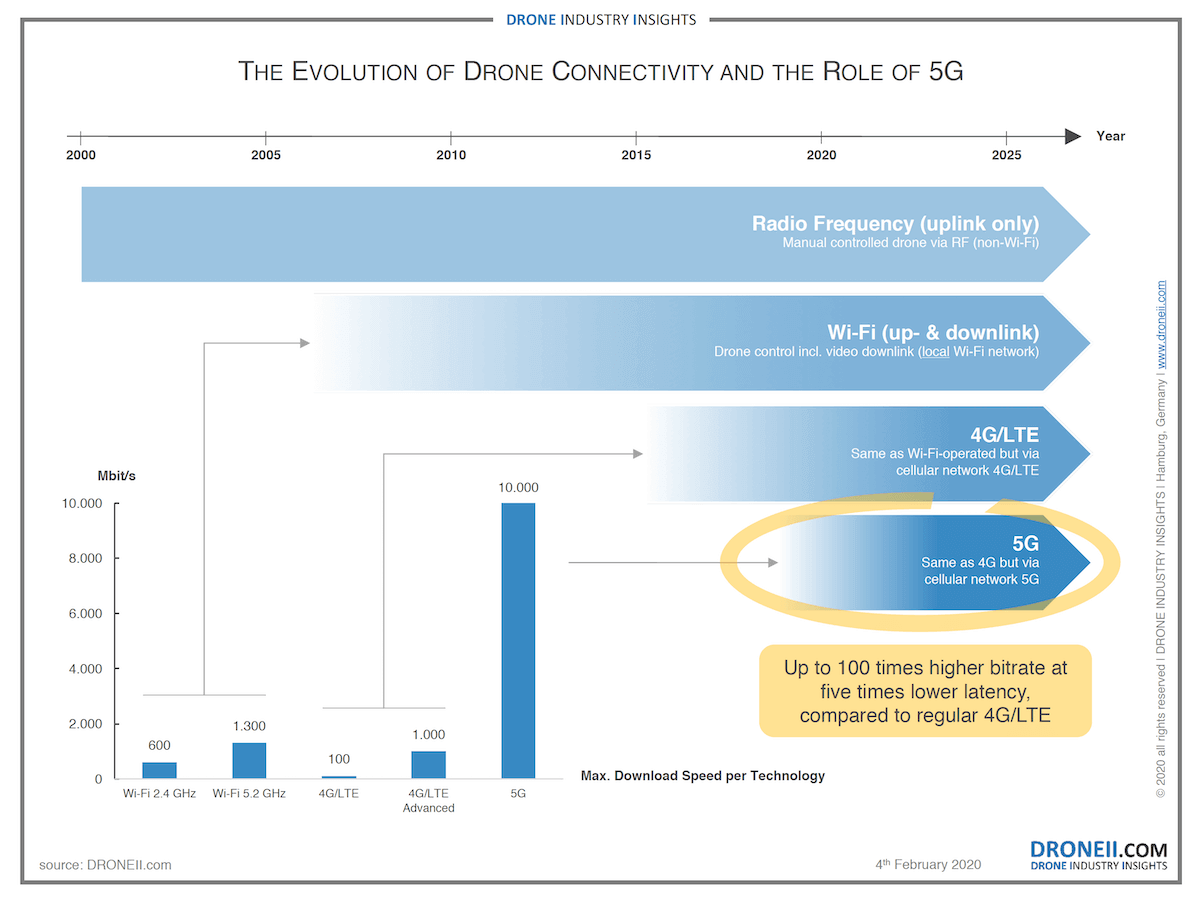
31 Jan 2020
8 min read
5G and Drones: What is 5G?
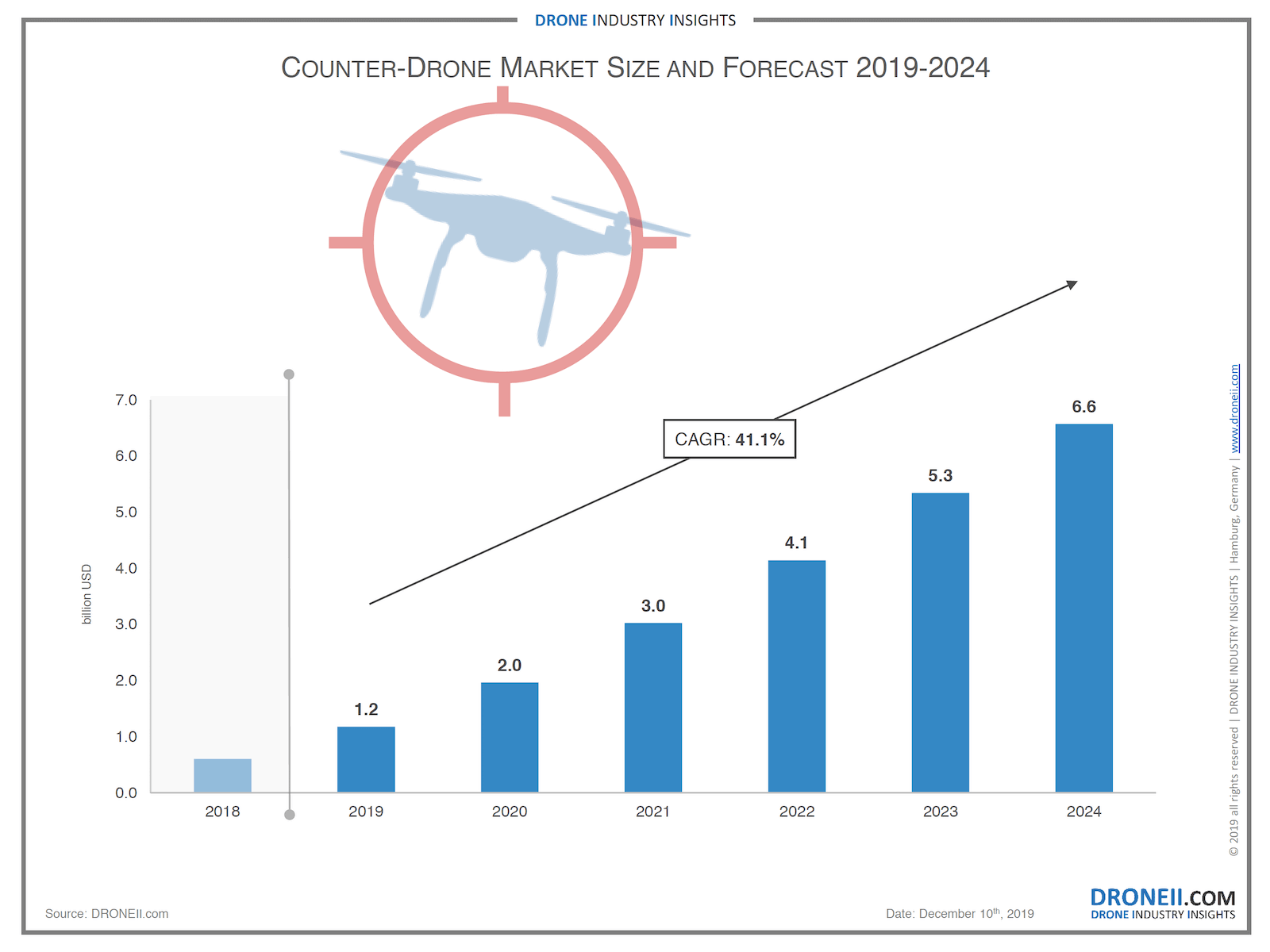
09 Dec 2019
3 min read
Counter-Drone Market Report 2020
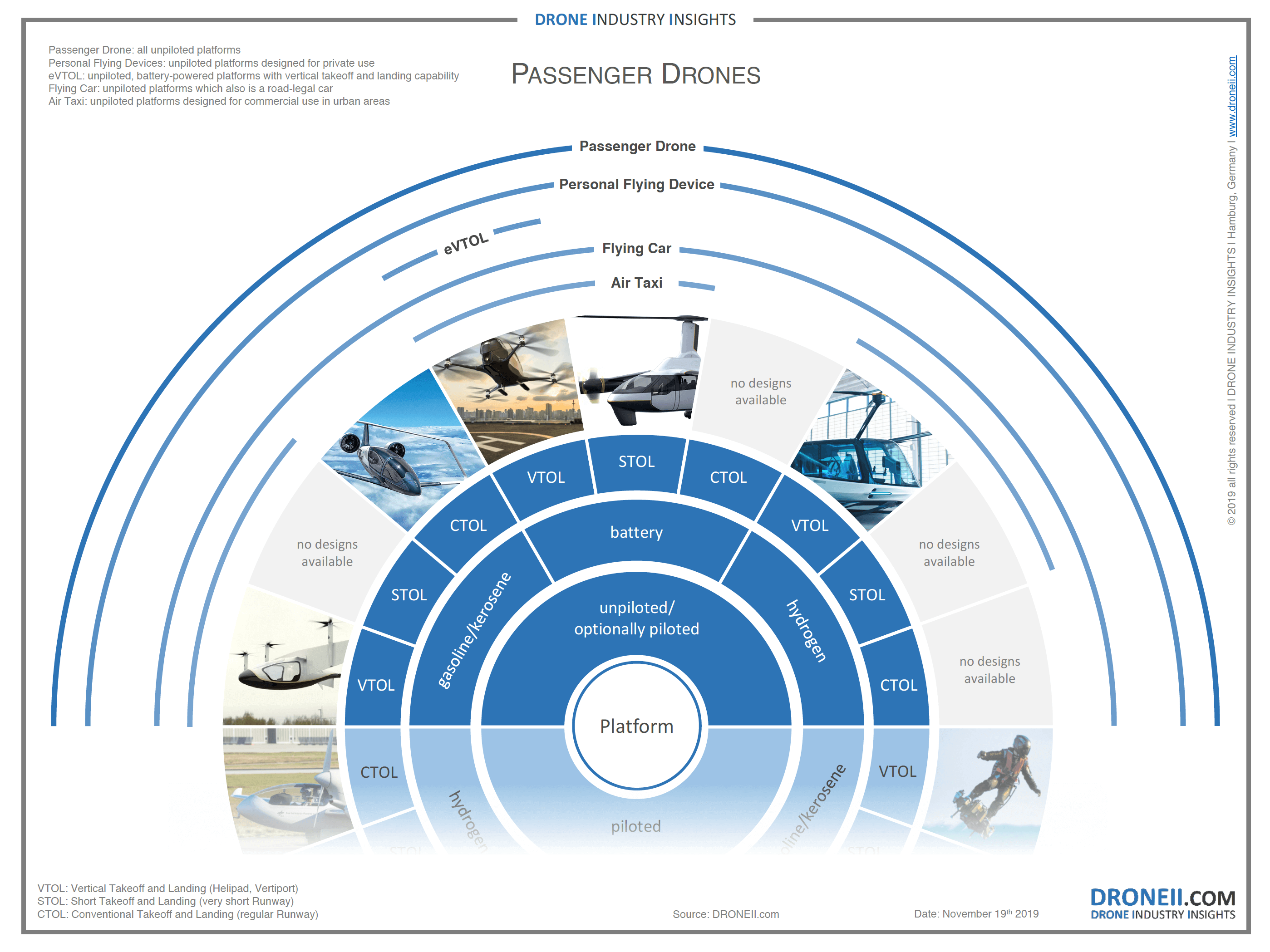
13 Nov 2019
7 min read
Passenger Drone Types and Specifications
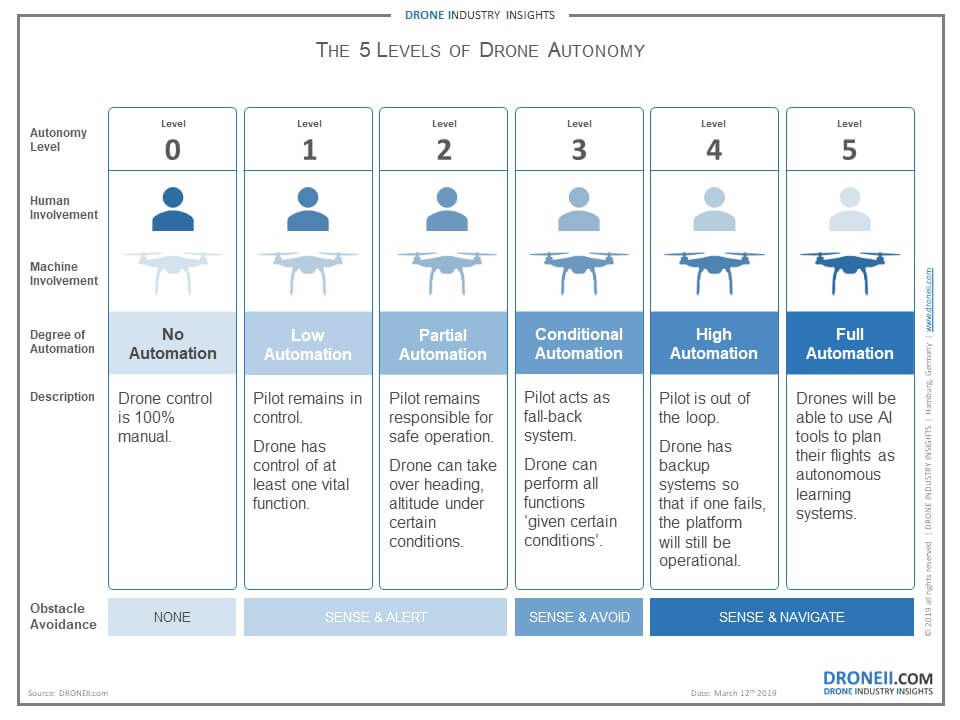
07 Mar 2019
8 min read
Tech Talk: The 5 Levels of Drone Autonomy
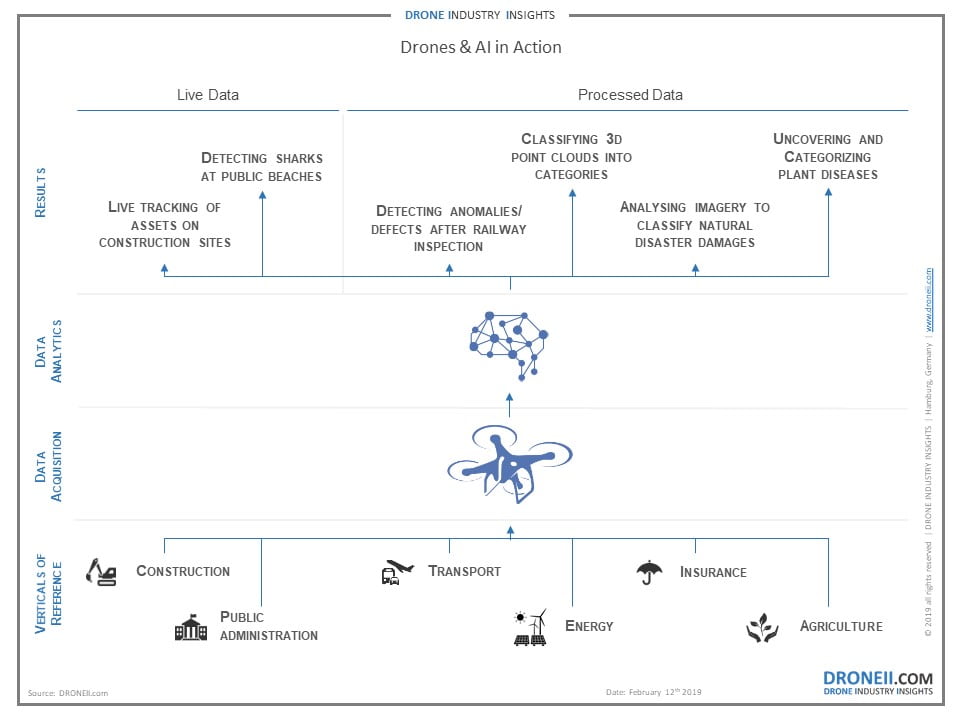
12 Feb 2019
8 min read
Drones & AI 2.0: Drone Data Analytics

28 Jan 2019
6 min read
Report | Drone Applications 2019

17 Dec 2018
4 min read
Report | Drones in the Energy Industry 2018

28 Aug 2018
7 min read
Drones and Artificial Intelligence

23 May 2018
7 min read
Drones and Data Security

24 Oct 2017
8 min read
Overview and Perspectives | Counter Drone Market Solutions

20 Sep 2017
4 min read
Rough and Tough

27 Jun 2017
5 min read
Drone Show Operators
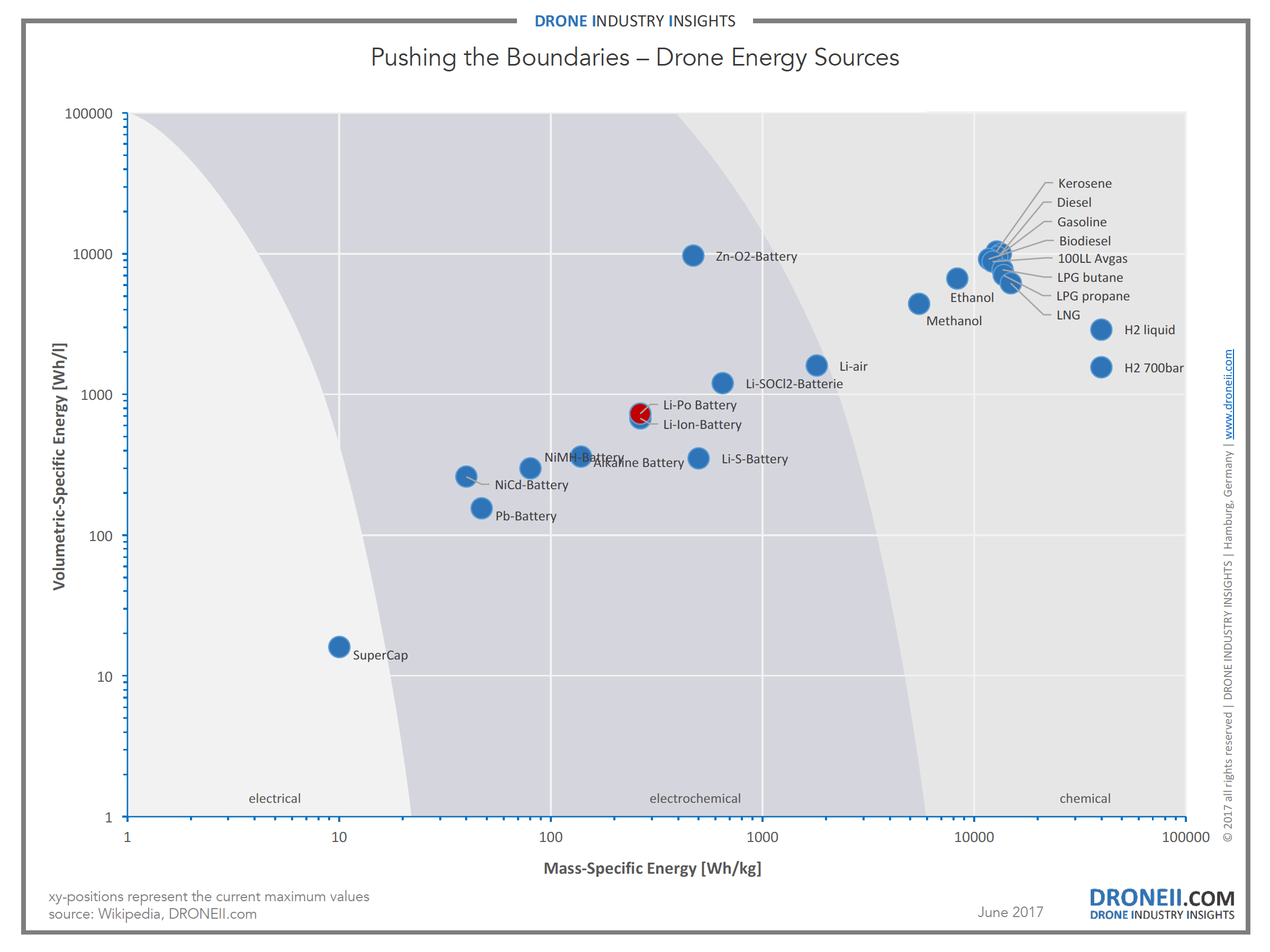
06 Jun 2017
9 min read

